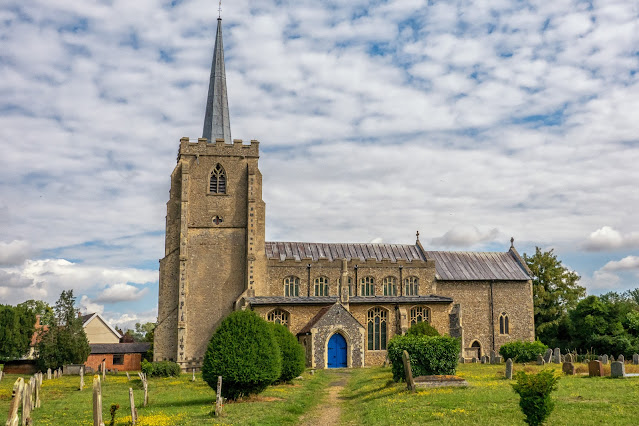Bramford - and the sad story of baby Innocent

As I had not seen this `local` church, this trip was just to explore. However, it turned out to have a sad twist to its story. I parked my car on the south side, near the vicarage, as it turned out. So firstly, some pictures of this south side of the building. "Another Suffolk church that can probably be associated with the group identified by the late Birkin Haward as having been part-built by the same master mason, 'Hawes of Occold', fl. 1410-1440." I have read that this church's style is Perpendicular Gothic. What are the characteristics of Perpendicular Gothic style - I wondered! Apparently, the style was concerned with creating rich visual effects through decoration and was characterized by a predominance of vertical lines in stone window tracery, enlargement of the windows to great proportions. Hence the view of the windows above, which demonstrates the emphasis on vertical lines. The late fourteenth century north porch may have been added at the same time ...
